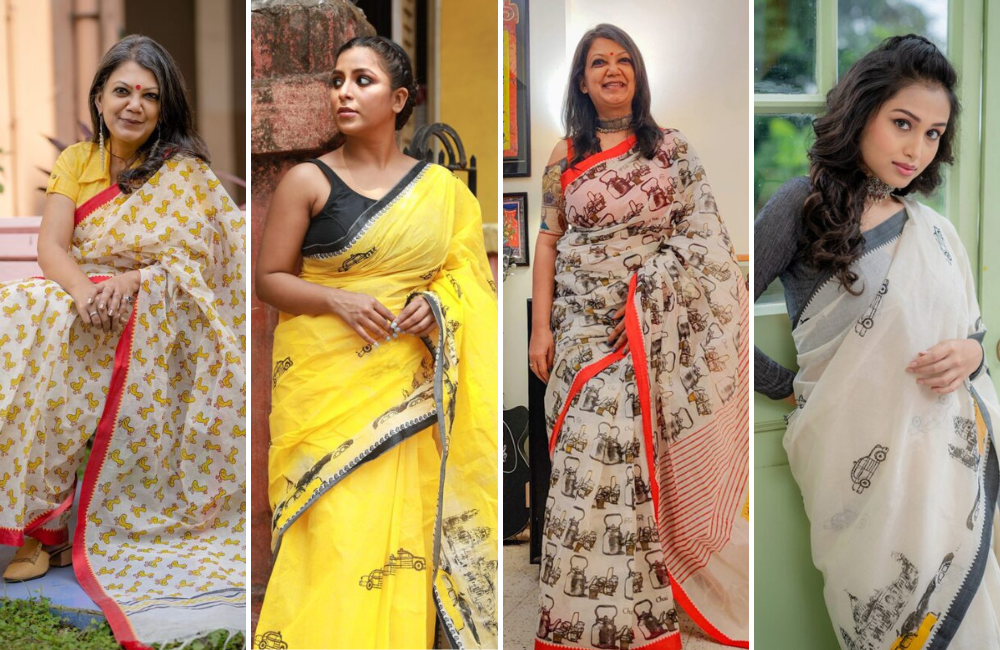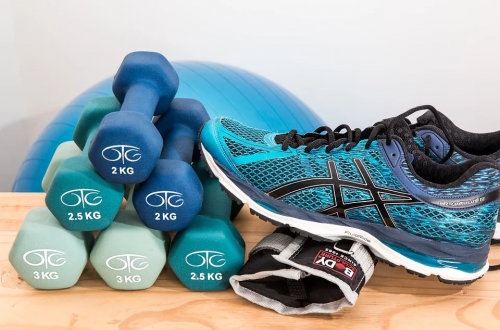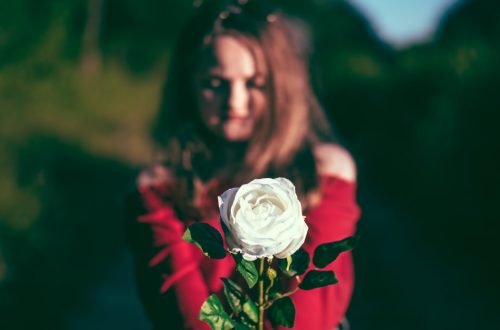Taanter Saree is one of the most popular and cherished drapes that is a wardrobe staple for every Bengali women. Essentially made from cotton, its lightweight, and airy texture makes it a perfect attire for the hot and humid climate.
Out of the numerous Bengal cotton sarees in Kolkata available nowadays, Taant still holds a special place for its timeless elegance and versatility. In this blog, we are going to take a look at the history of this textile that is intertwined with the rich cultural heritage of Bengal.
The Origin
The word taant is derived from the Bengali word ‘taanti’ which means ‘weaver.’
The earliest record of taant sarees can be traced back to the 15th century. It was first seen in Shantipur, a village situated in Nodia district of West Bengal. The art of weaving taant sarees continued to thrive and flourish during the Mughal period, right from the 16th to the 18th century, as it received extensive patronage from the royalty alongside Jamdani and Muslin.
However, after the partition of Bengal in 1947, numerous weavers from Bangladesh fled from their country and took shelter in Phulia, a village close to Shantipur in West Bengal. The other weaver communities sought refuge in Bardhaman and Hooghly districts, and over time, these regions developed their signature styles and were especially popular for the variety of taant sarees.
The Making
Now that you know about the origin of one of the most favourite Bengal handloom sarees, let’s see how the weaving process goes.
Taant sarees are made from locally-sourced cotton. The threads are being carefully washed to get rid of any contaminants. After that, the cotton fibres are dried in the sun, and sent for bleaching and dyeing.
When the dyeing process is over, the cotton fibres are sent to the weavers in bundles. The weavers make it into threads and put the fibres on a wooden loom.
Here’s where the process gets interesting. The weaving is performed on a handloom by interlacing the warps (longitudinal threads) with the wefts (horizontal threads). It’s a highly labour-intensive process, and the most simplistic designs take anywhere from ten to twelve hours to complete.
It doesn’t end here! The taant sarees with intricate and complex designs can even take anywhere from 7 -10 days to complete, with the weavers working for straight 14-hour shifts per day!
Lastly, for a better finish, the weavers apply a paste made out of ‘sago,’ or popped rice. This adds a certain shine to the drape and makes it fully prepared to be sent to the traders.
The Characteristic Features
Here are some of the key features that make taant sarees a preferable choice over Chanderi handloom sarees–
- Comfortable and lightweight
Taant sarees are well-known for their lightweight, and comfortable texture. Given the staple hot and humid climate here in West Bengal, taant sarees are immensely comfortable drapes to wear all day long.
- Natural Fibres
Taant sarees are manufactured from pure local-sourced cotton. Hence, they are hypoallergenic and suitable for people having sensitive skin.
- Decorative Borders
Another distinguishing element of taant sarees is their decorative borders or Aanchol. The borders are characterised by floral, geometric, or paisley motifs, and adds a touch of elegance to the drape!
The Types
When talking about the types of taant handloom cotton sarees in Kolkata, there are mainly four types that have gained worldwide recognition. Let’s take a closer look-
- Dhakai Jamdani: Popular for its exquisite patterns, with motifs ranging from floral, geometric, and abstract designs.
- Korial Lal Paar: With a white body and deep red-hued borders, the Korial Lal Paar saree is one of the favourites of Bengali women for auspicious occasions like Durga Puja
- Garad: A lot similar to the Korial Lal Paar, the Garad sarees distinguish themselves with bold floral motifs or geometric patterns all over the body.
- Baluchori: These are well-known for mythical or historical characters woven into the fabric. Baluchori sarees often depict scenes from our Indian epics, and are highly regarded for their artistic value.
To Conclude
The Bengal taant saree has transcended from being just a mere piece of clothing. Rather, it is a symbol of the rich cultural heritage and skilled craftsmanship. So, if you were searching for authentic taant sarees from online saree boutique, visit Dora By Phoenix to explore the wide range of collections today!





